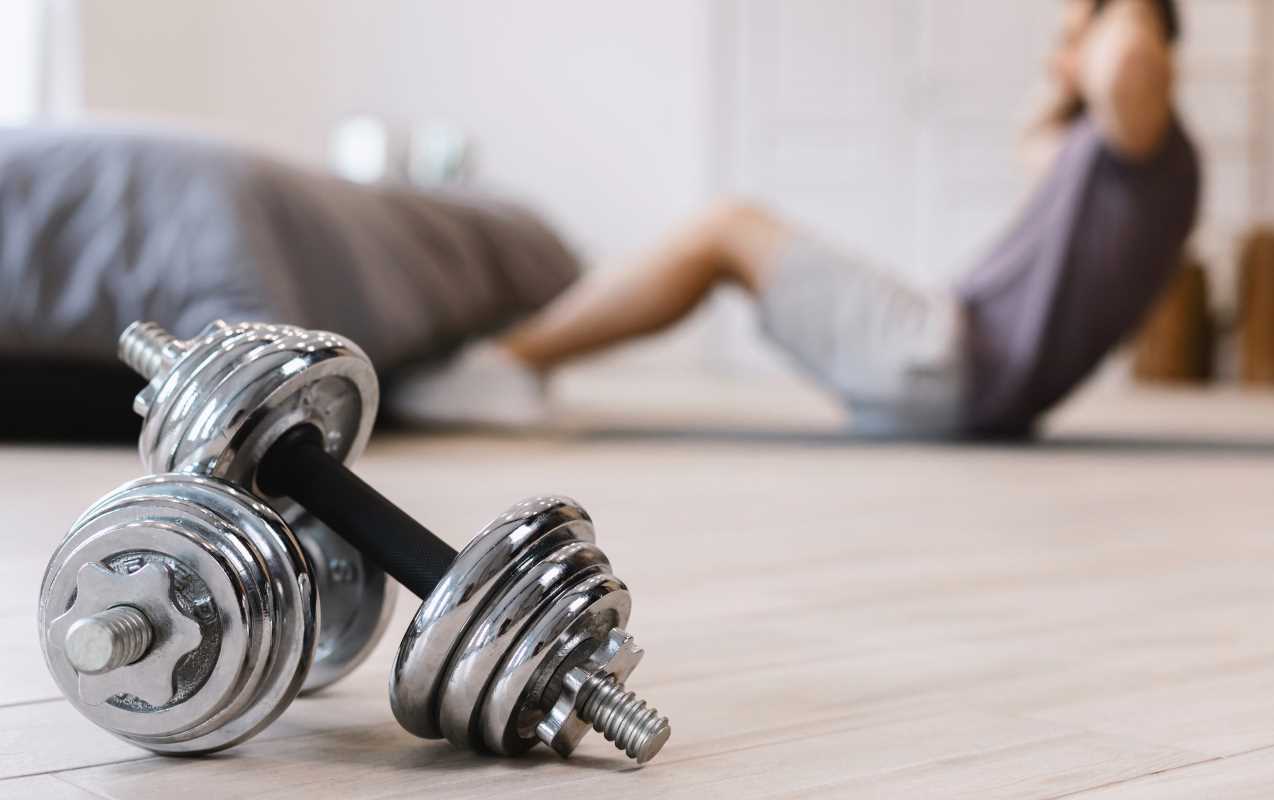Blending running with exercises that build strength and stability can make your workouts more enjoyable and rewarding. Integrating functional fitness into your routine helps you increase stamina while also targeting areas that often lead to fatigue or discomfort. By focusing on movements that support your running form, you can improve balance and reduce the risk of injury. Each workout feels more dynamic and practical as you experience benefits that carry over into every stride. This approach ensures that your runs feel smoother and you gain a greater sense of achievement and confidence with every session.
Functional fitness builds mobility, strength, and balance, all of which are key to powering through long runs. With a routine that targets core stability and muscle balance, you can protect your joints and improve technique, making each run feel more natural and sustained.
What Functional Fitness Does for Runners and Its Benefits
Functional fitness provides a foundation that supports the physical demands of endurance running. It emphasizes movements that mimic daily activities, strengthening muscles used to maintain proper form during long runs. This training improves balance and coordination, contributing to a more efficient stride.
The benefits extend even further when runners include it in their routines. Here are some key advantages:
- Better core strength, which helps maintain posture during long distances.
- Improved balance and stability, lowering the risk of falls or missteps.
- Increased joint mobility, easing the strain on hips, knees, and ankles.
- Prevention of injuries through balanced muscle development and improved coordination.
Important Functional Fitness Exercises for Endurance Runners
Building a solid foundation with specific exercises can enhance your running form and stamina. Each exercise aims to strengthen muscles critical for endurance and injury prevention.
Try adding these exercises to your workout routine:
- Squats: Strengthen your quads, glutes, and hamstrings while promoting proper hip alignment.
- Lunges: Improve balance and target muscles used in each stride, preparing you for varied terrains.
- Planks: Develop core stability, allowing you to maintain good posture even when tired.
- Step-Ups: Simulate climbing motions, building lower body strength and agility.
- Glute Bridges: Activate the glutes and lower back, creating a strong foundation for powerful strides.
- Single-Leg Deadlifts: Enhance balance and coordination while strengthening legs and core.
Designing a Functional Fitness Routine: Frequency, Intensity, and Progression
Creating a balanced workout routine involves planning how often you do exercises, how intense they are, and how you gradually increase difficulty. Schedule functional fitness days to complement your running workouts. Aiming for two to three sessions weekly helps build strength without overwhelming your running schedule.
Progress gradually by increasing repetitions, sets, or resistance every few weeks. Keep your workouts challenging yet manageable to prevent plateaus or injuries. This consistent improvement in training helps enhance both stamina and strength over time, boosting your endurance running performance.
Combining Functional Fitness with Running
Mixing functional fitness with running creates a well-rounded approach that improves overall performance. Alternating workout days gives muscles time to recover while still maintaining regular activity targeting core strength and cardiovascular health.
Follow these practical tips to combine the two types of training effectively:
- Warm up with dynamic stretches to prepare your muscles for both running and strength exercises.
- Include a short functional fitness circuit after easy-paced runs to reinforce muscle engagement without causing heavy fatigue.
- Use cross-training days where you focus mainly on functional fitness, keeping runs lighter.
- Track your recovery and avoid overtraining by scheduling rest days or light activities between intense sessions.
Common Mistakes and How to Prevent Them
Even well-planned routines can run into issues. Spotting these mistakes early helps prevent setbacks and keeps your training effective.
Here are some common errors and advice to avoid them:
- Skipping warm-ups: Always start with a proper warm-up to activate your muscles and avoid strains. Use dynamic stretches before exercises.
- Increasing resistance or intensity too quickly: Gradually add more resistance or increase difficulty. Rushing progress can lead to injuries or burnout.
- Neglecting core exercises: Focusing only on leg strength misses out on the benefits of a strong core. Include exercises that target your abdomen and lower back.
- Ignoring recovery: Rest is essential to prevent overuse injuries. Allow muscles time to repair and strengthen between workouts.
- Poor technique: Proper form matters more than heavy weights or high repetitions. Take time to master each move and make adjustments as needed.
Integrating running with functional fitness offers a smart way to enhance your performance and get more enjoyment from your workouts. A routine that emphasizes strength, balance, and overall fitness makes each run feel smoother and more controlled.
Adding these exercises and following a consistent schedule will help you run farther with less effort. Enjoy the process as you become a stronger runner.
 (Image via
(Image via





